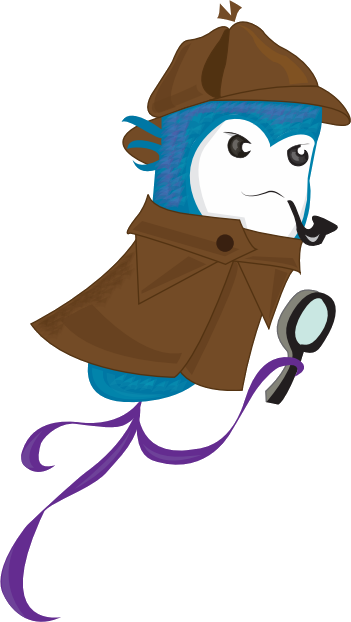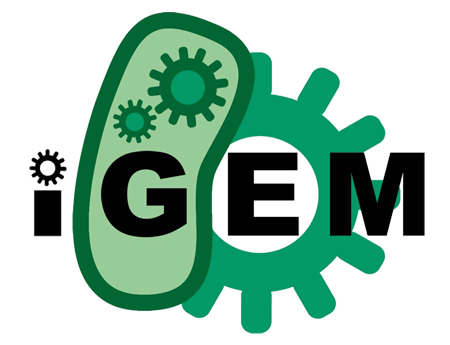Team:Colombia
From 2014.igem.org
| (25 intermediate revisions not shown) | |||
| Line 3: | Line 3: | ||
<center> | <center> | ||
<b> <font size="18"> | <b> <font size="18"> | ||
| - | <h1>Greetings, my dear Watson.</h1> | + | <br> |
| + | <h1 class="curs1">Greetings, my dear Watson.</h1> | ||
<br> | <br> | ||
</font> | </font> | ||
</b> | </b> | ||
| - | + | ||
| - | + | ||
<div class="span11"> | <div class="span11"> | ||
<font size="4"> | <font size="4"> | ||
| Line 17: | Line 17: | ||
[[File:Screen_Shot_2014-08-22_at_12.05.19_PM.png|left|300px]] | [[File:Screen_Shot_2014-08-22_at_12.05.19_PM.png|left|300px]] | ||
| - | + | <p align="justify"> | |
This year, <b>iGEM Team Colombia</b> has been hard at work developing of a <b>biosensor</b> for the human bacterial pathogen <b><i>Vibrio cholerae</i></b>. Our idea focuses on creating a <b>easy-to-use kit</b> capable of detecting this bacterium in different contexts, such as different kinds of <b>food or water</B>, by giving a simple visible <b>color signal</b> as a positive result. This kit would be useful for anyone who wants to detect cholera-infected food and water without having to use the expensive or tedious methods now available, such as immunogenic techniques or direct isolation and culture of bacteria. Possible users are companies in the food industry and quality or research labs. | This year, <b>iGEM Team Colombia</b> has been hard at work developing of a <b>biosensor</b> for the human bacterial pathogen <b><i>Vibrio cholerae</i></b>. Our idea focuses on creating a <b>easy-to-use kit</b> capable of detecting this bacterium in different contexts, such as different kinds of <b>food or water</B>, by giving a simple visible <b>color signal</b> as a positive result. This kit would be useful for anyone who wants to detect cholera-infected food and water without having to use the expensive or tedious methods now available, such as immunogenic techniques or direct isolation and culture of bacteria. Possible users are companies in the food industry and quality or research labs. | ||
| - | + | <br><br> | |
This is our team wiki, a webpage where you can find everything about our research project: ideas, methods, results, you name it. You can also check out our human practices activities, collaborations with other teams, outreach events and more. | This is our team wiki, a webpage where you can find everything about our research project: ideas, methods, results, you name it. You can also check out our human practices activities, collaborations with other teams, outreach events and more. | ||
| + | </p> | ||
| + | <p align="center"> | ||
| + | <b>You're more than welcome to have a look around!</b> | ||
| + | </p> | ||
| + | </font> | ||
| - | |||
| - | [[File: | + | [[File:Iitdpage_IGEM_official_logo.png|center|200px|link=Main_Page]] |
| - | |||
| - | |||
</div> | </div> | ||
</center> | </center> | ||
Latest revision as of 23:08, 15 October 2014
Greetings, my dear Watson.
Meet Sherlock coli, an Escherichia coli bacterium rewired to seek out calamitous, choleric criminals.
This year, iGEM Team Colombia has been hard at work developing of a biosensor for the human bacterial pathogen Vibrio cholerae. Our idea focuses on creating a easy-to-use kit capable of detecting this bacterium in different contexts, such as different kinds of food or water, by giving a simple visible color signal as a positive result. This kit would be useful for anyone who wants to detect cholera-infected food and water without having to use the expensive or tedious methods now available, such as immunogenic techniques or direct isolation and culture of bacteria. Possible users are companies in the food industry and quality or research labs.
This is our team wiki, a webpage where you can find everything about our research project: ideas, methods, results, you name it. You can also check out our human practices activities, collaborations with other teams, outreach events and more.
You're more than welcome to have a look around!
 "
"







